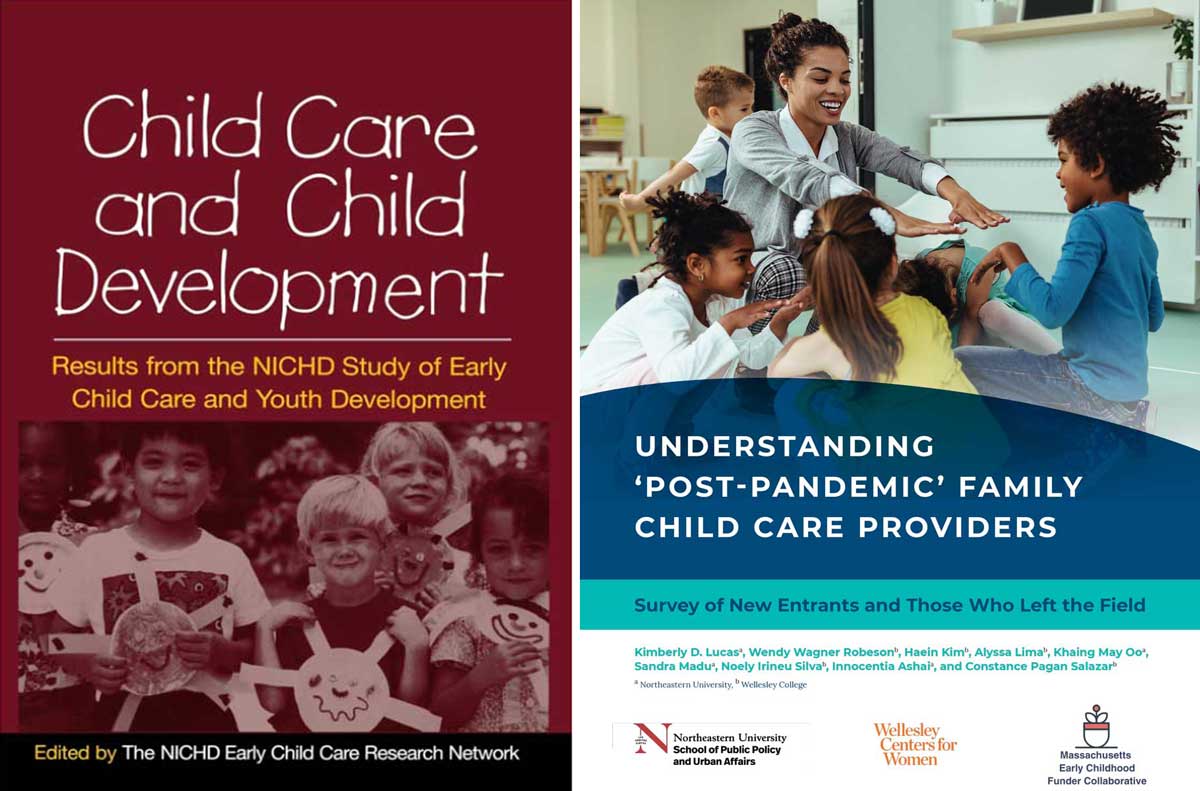The NICHD Study of Early Child Care and Youth Development (formerly known as the NICHD Study of Early Child Care) was a massive national effort to decisively answer the question of whether children who attend child care outside the home turn out okay—essentially a question about whether it is okay for women to work outside the home. The answer was yes, and its impact on the lives of women at all levels of society, as well as parents of every gender, was tremendous.
In 1991, the researchers recruited more than 1,300 families and their newborn children at 10 locations throughout the country for a longitudinal study to determine the relationship between children's early experiences and their developmental outcomes.
During Phase I (birth to 36 months), the focus was on child care during the first three years of life and whether it adds to—or subtracts from—children's development, over and above their family circumstances and their family characteristics.
During Phase II (54 months through second grade), the study continued to examine the role of early care and its relationship to the child's development, as well as the child's transition to formal (elementary) school.
During Phase III (third grade through sixth grade), the study focused on how the life experiences of children during the early and middle childhood years influenced their development.
The main purpose of Phase IV (seventh grade through ninth grade) was to investigate how earlier functioning and experiences, in concert with contextual and maturational factors in adolescence, influence social relationships, health, adjustment, and intellectual and academic development during middle adolescence. The ecological model that guided this study since its inception was extended to include new outcomes and expanded contexts associated with adolescent development. A wide range of adolescent outcomes and contextual features were assessed in one laboratory and one home visit at age 15. Additional information was collected from health and pubertal maturation examinations at ages 13.5, 14.5, 15.5, and 16.5; monitored physical activity at age 15; analyses of middle school and high school transcripts; and surveys of middle school and high school personnel.
At each of these four phases, our researchers followed these children and their families through visits to their homes, child care settings, and schools, family visits to our laboratory, and phone calls several times each year. We studied the children's cognitive, language, and social development, health, and academic achievement, as well as family functioning from infancy to school age.
The information from this study is considered to be critically important to the national debates on the effects of children's family, child care, and school experiences on their development and on their performance and behavior in school.




